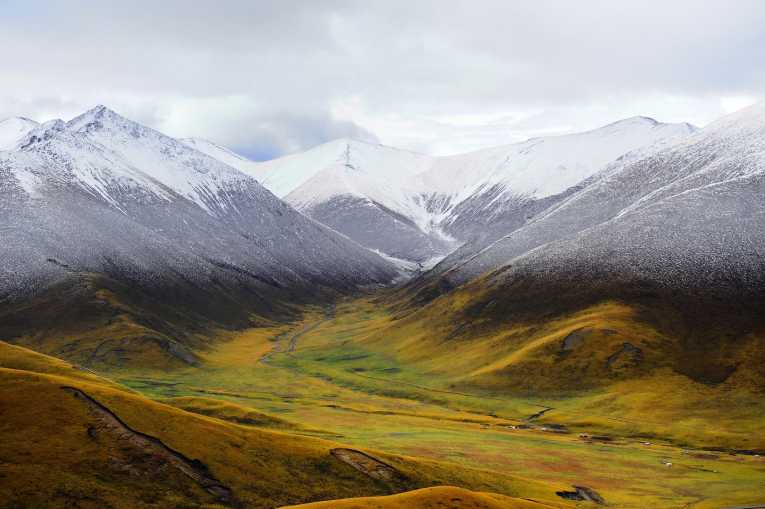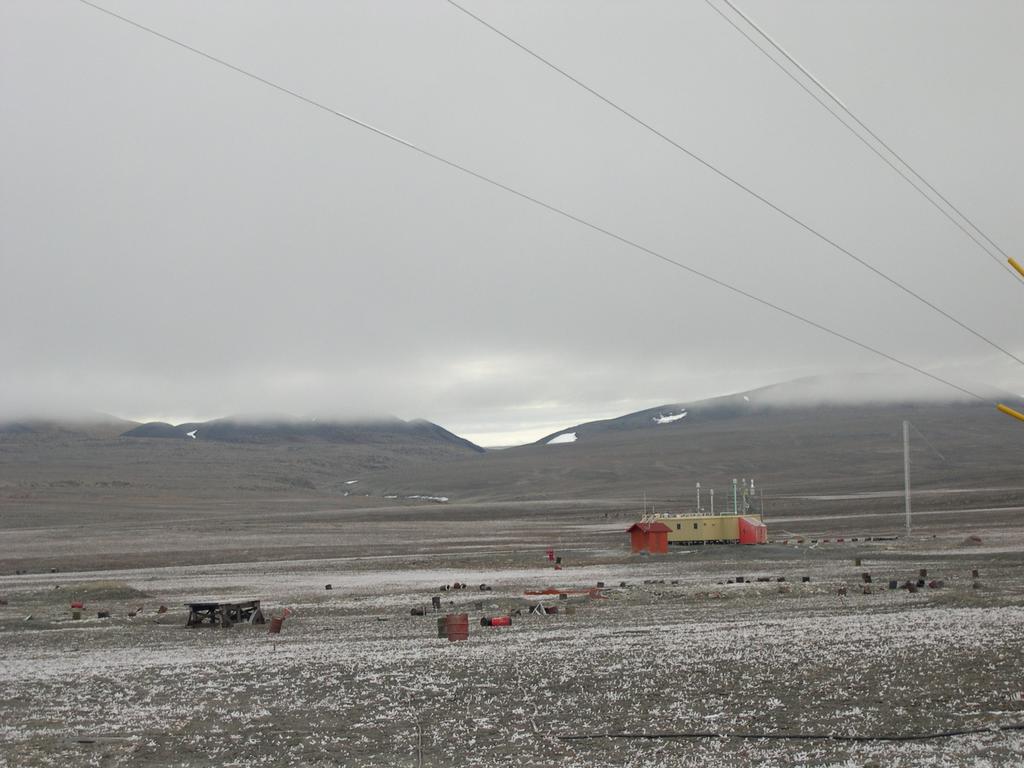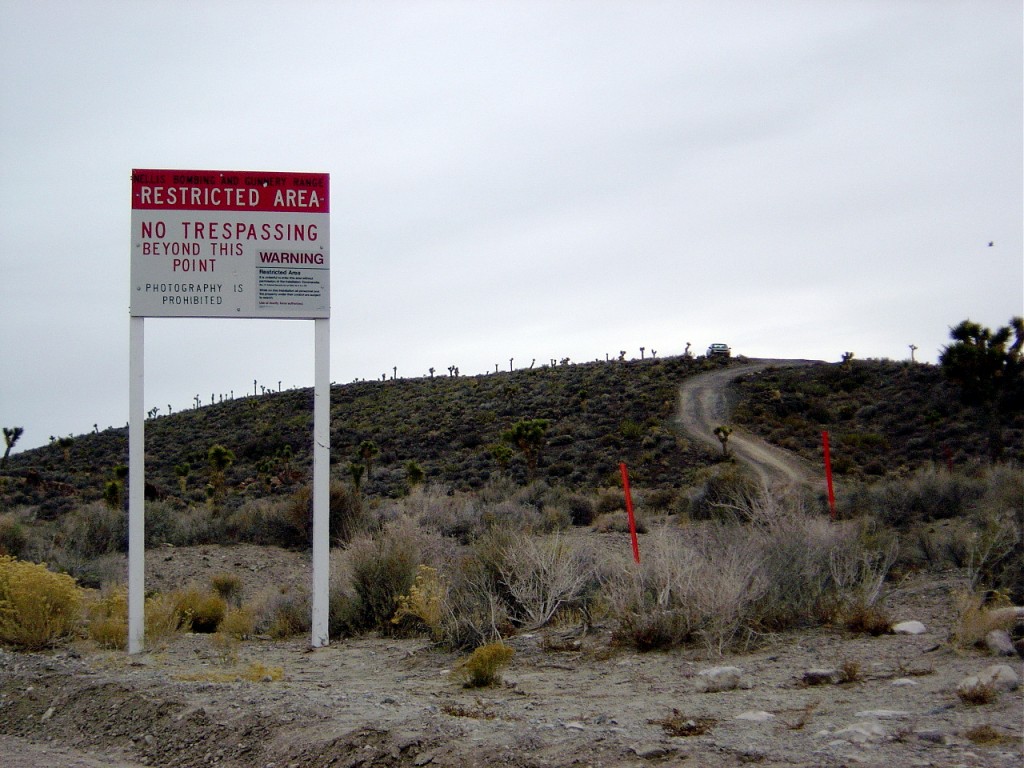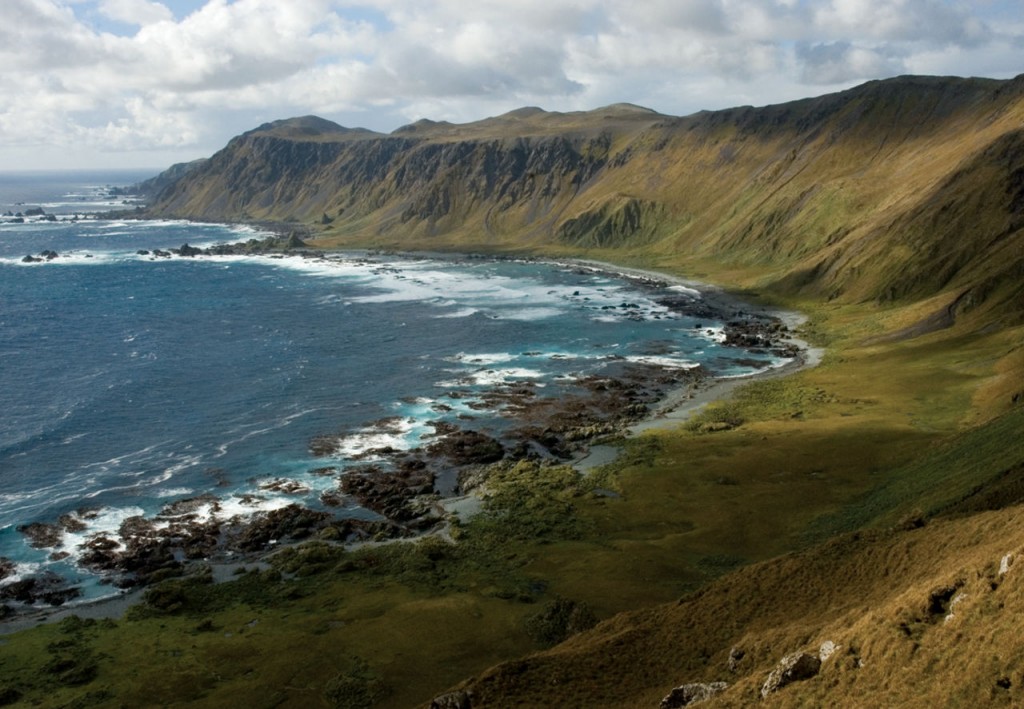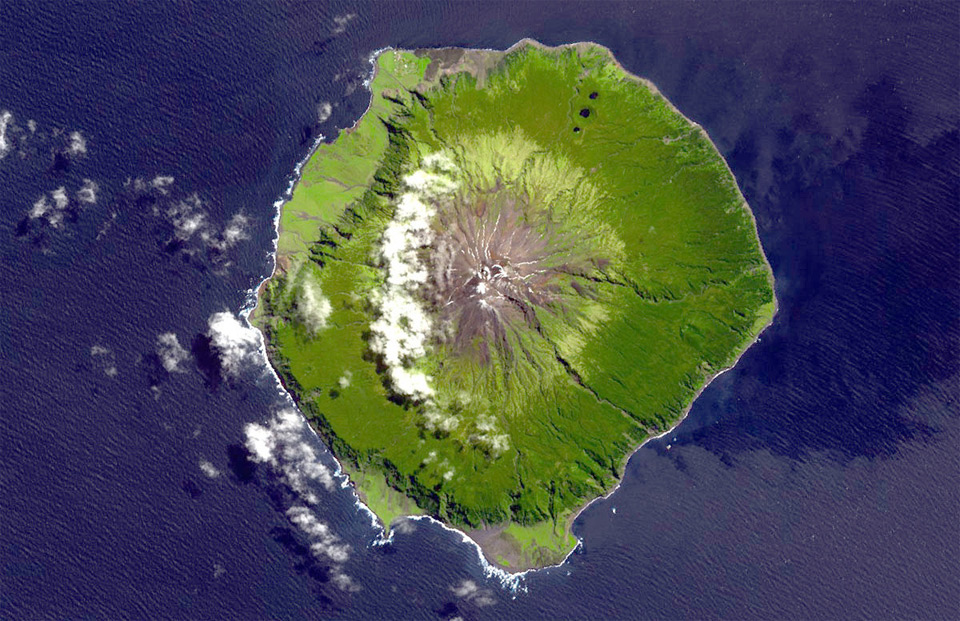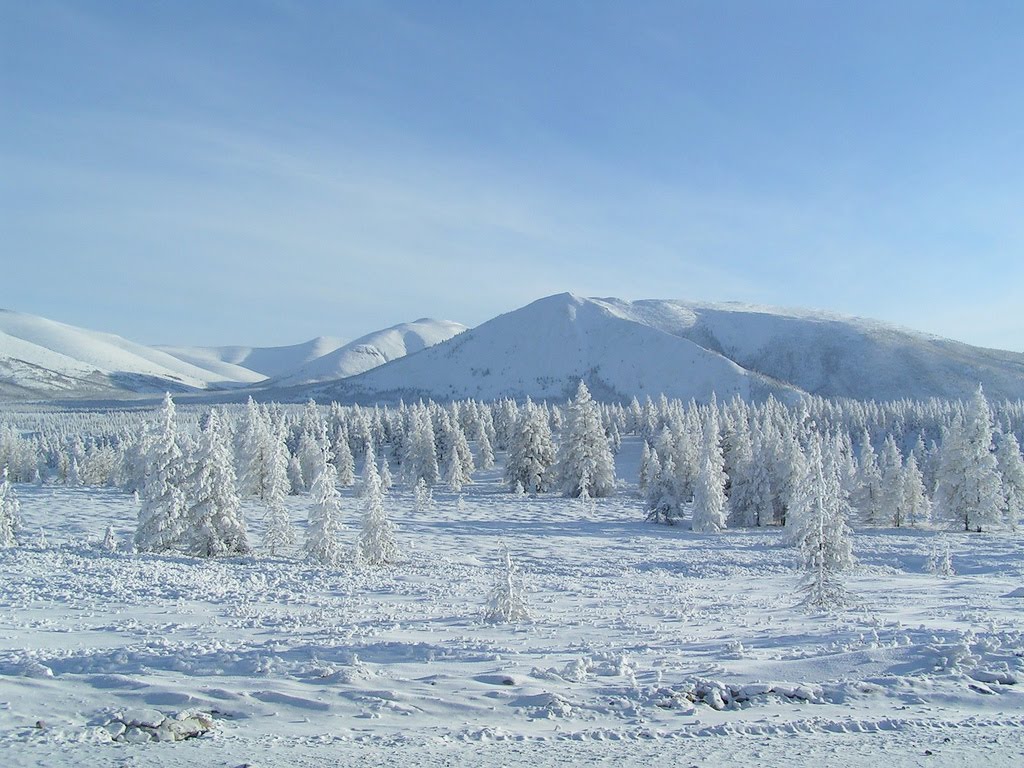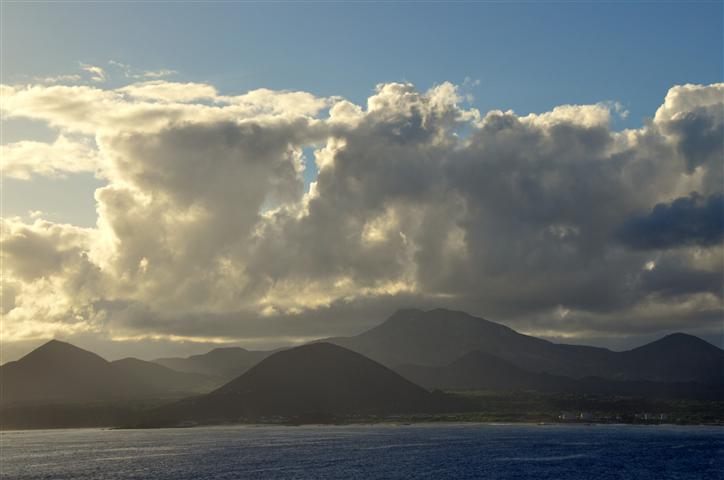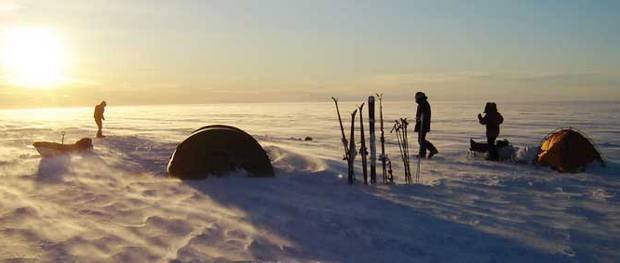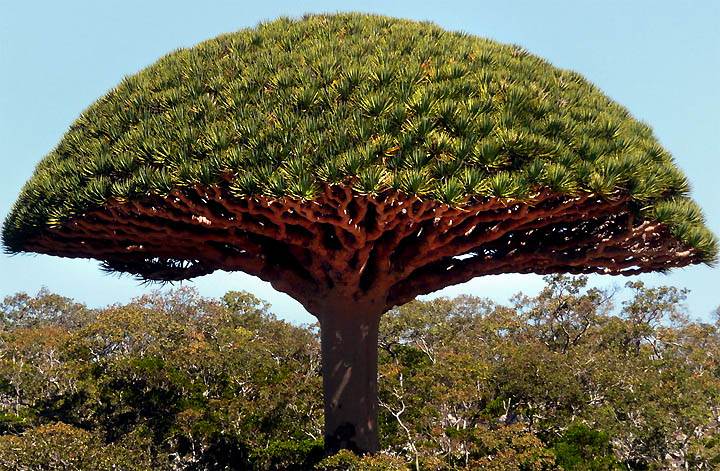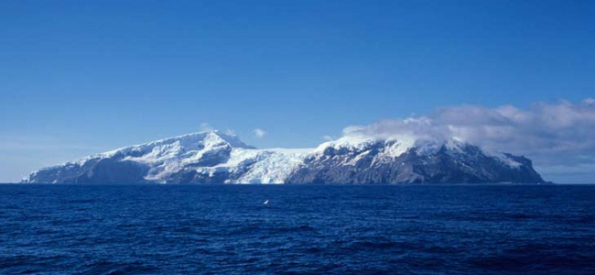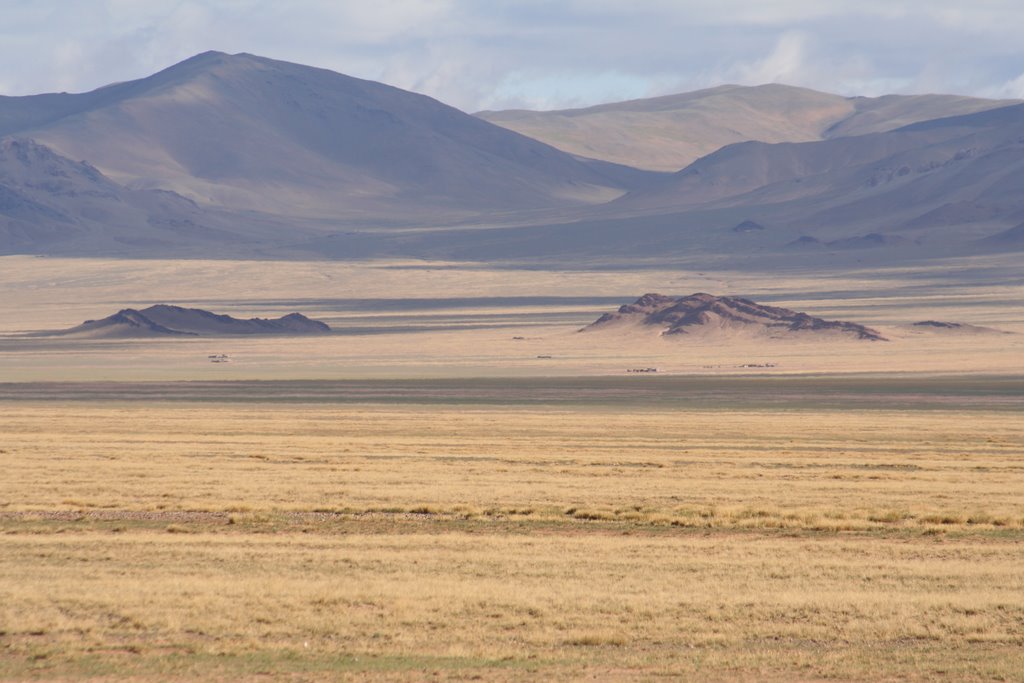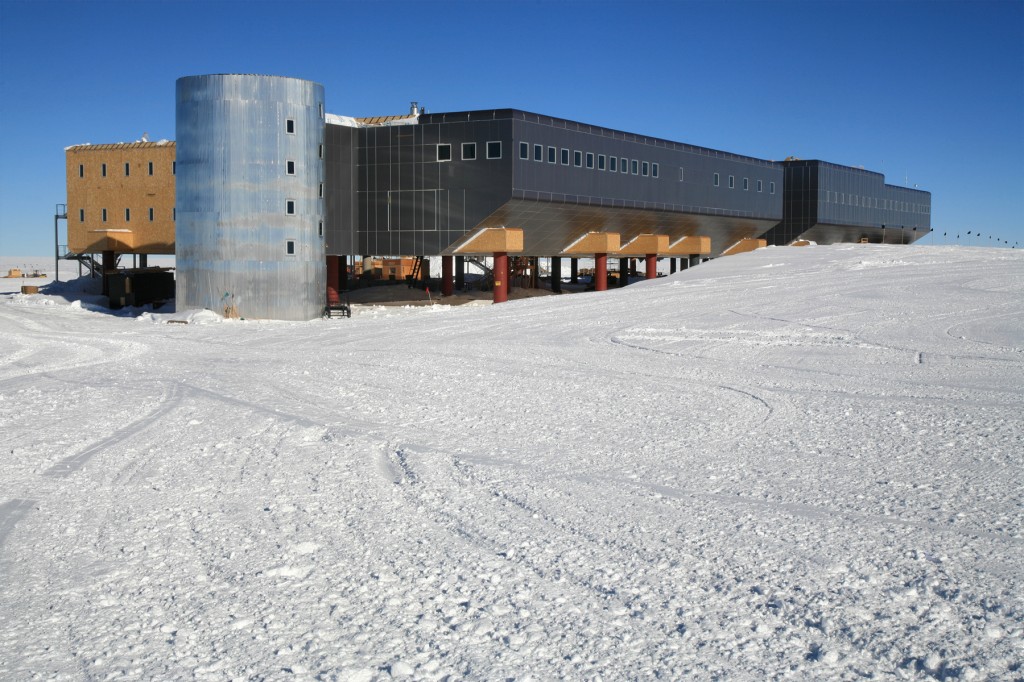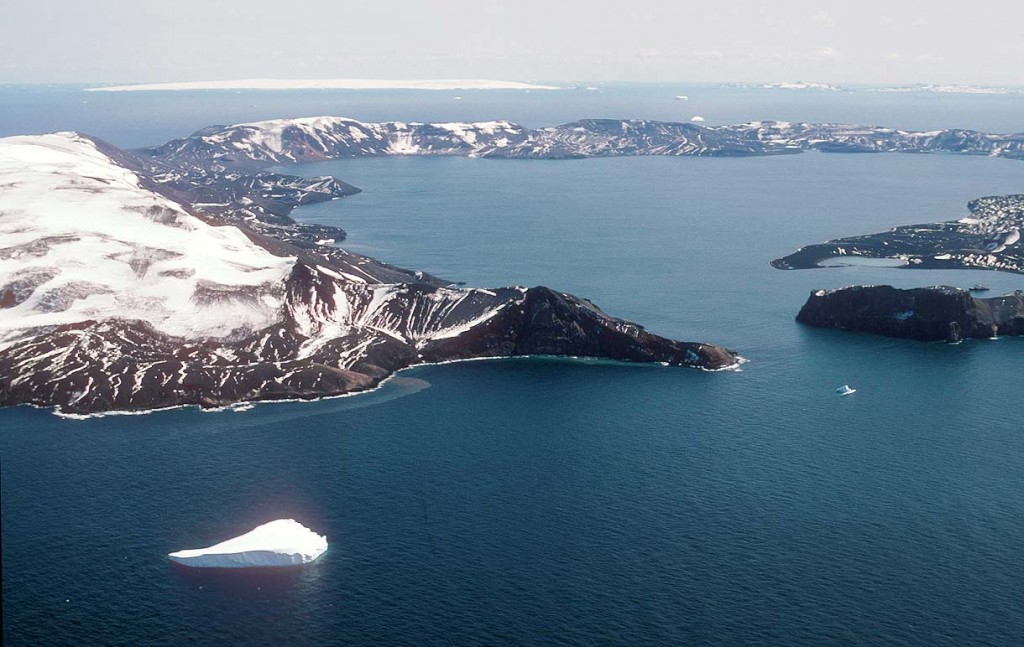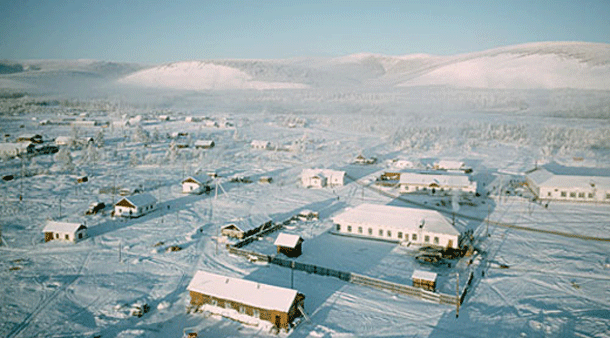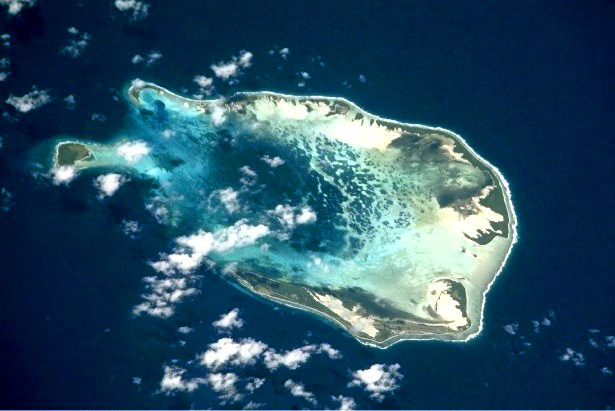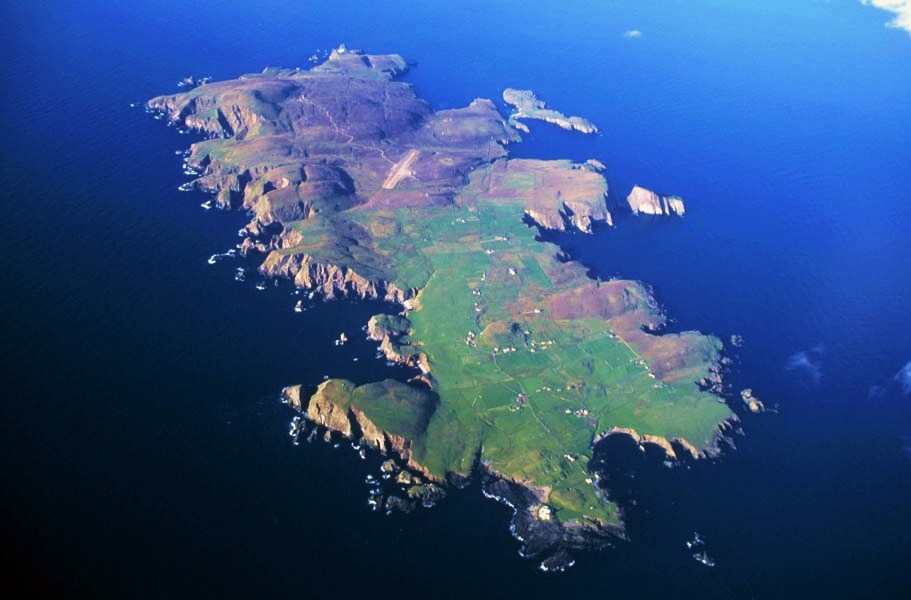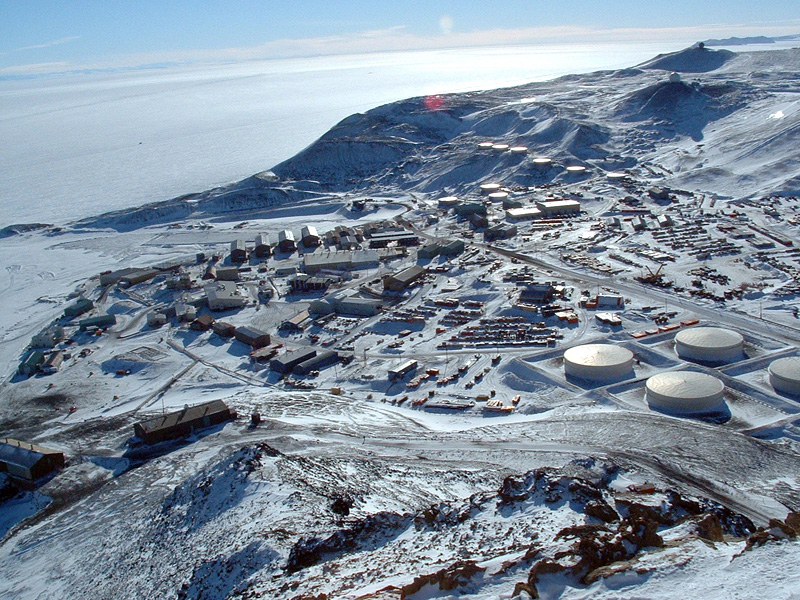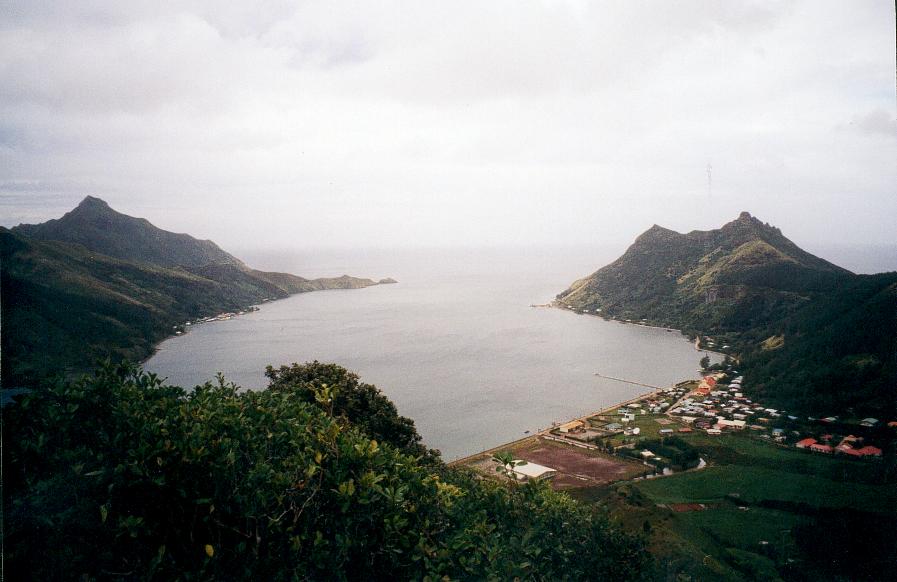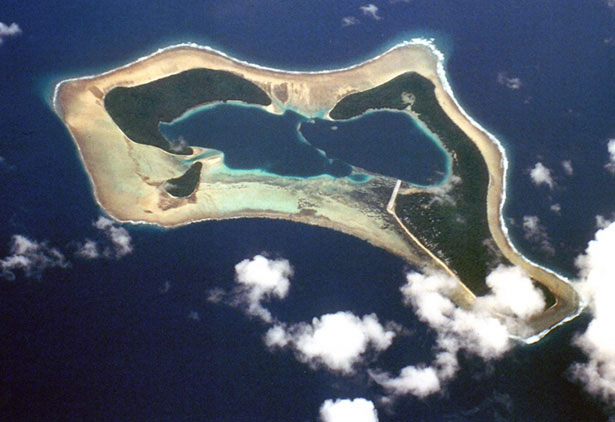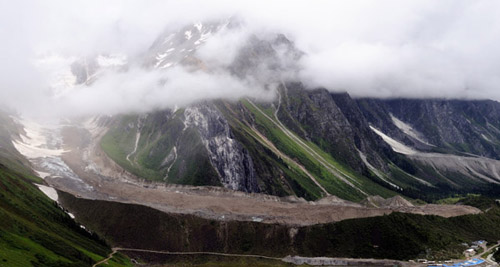20 Most Amazing Remote Places on Earth
You may think that with the earth’s population increase that it’s hard to find Remote Places on Earth that have been rarely seen by humans. Remote places on earth can sometimes be seen as creepy with little or no human population.
In today’s collection we’ve gathered 20 Most Amazing Remote Places on Earth, getting to these Remote Places on Earth is quite time consuming! Ranging from deserted places in Asia, America, Australia and remote islands. Some are easy to pick out, while others are baffling.
Tibetan Plateau
On April 18th 2009 researchers at the European Commission’s Joint Research Centre in Ispra, Italy combined a series of maps to create a new map showing the most interconnected and remote places on earth. The maps are based on a model that calculated how long it would take to travel to the nearest city of 50,000 or more people by land or water.
The first image shows the final map of connectedness while the second image shows a zoomed view over the world’s most remote place: the Tibetan plateau. From here it is a three-week trip to the cities of Lhasa or Korla – one day by car and the remaining 20 on foot, which statistically speaking officially makes this the most isolated place in the world.
Alert, Nunavut, Canada
Located in northern Canada, Alert is a small village that lies on the Arctic Ocean only 500 miles below the North Pole. It is widely considered to be the northernmost permanently inhabited place in the world with a population of 5.
That’s right…5. Temperatures in Alert can get as low as 40 degrees below zero and the nearest town is a small fishing village some 1,300 miles away. Situated in the Atlantic Ocean 160 kilometres from the Scottish mainland, this uninhabited island stretches on for 8.5 square kilometres. It’s also a World Heritage Site.
Area 51
As a remote detachment of Edwards Air Force Base in southern Nevada its primary purpose is to support development and testing of experimental aircraft and weapons systems.
Long fabled to be a fictional place, the intense secrecy surrounding the base has made it the frequent subject of conspiracy theories and Hollywood movies. Given that the US government didn’t even acknowledge its existence until 2003, it’s a hard place to visit indeed.
Macquarie Island (Australia)
Extracted from Judith Schalansky’s Pocket Atlas of Remote Islands. With between 20 and 40 residents, this island is home to the world’s entire royal penguin population during the species’ annual nesting season.
Tristan da Cunha, South Atlantic Ocean
Tristan de Cunha is an archipelago of small islands located in the southern Atlantic Ocean. The nearest land to the island is South Africa, which is roughly 1,700 miles away, while the South American coast lies at a distance of about 2,000 miles.
The islands have a total population 271 people, mostly farmers and craftsmen. Although the island now has some television stations and access to the internet via satellite, it is still the most physically isolated location on planet earth.
The island’s rocky geography makes building an airstrip impossible, so the only way to travel to it is by boat. It was once regularly connected to South Africa by a British transport ship, but this service has since been interrupted and now the only visitors to Tristan da Cunha are deep sea fishing boats.
Oymyakon, Siberia
A village in Oymyakonsky Ulus of the Sakha Republic, Russia boasting a population of 521. It holds the record for lowest recorded temperature on Earth for any permanently inhabited location at −69.2 °C (−93 °F).
Ascension Island (United Kingdom)
Ascension Island is an isolated volcanic island in the equatorial waters of the South Atlantic Ocean, around 1,600 kilometres (1,000 mi) from the coast of Africa and 2,250 kilometres (1,400 mi) from the coast of South America, which is roughly midway between the horn of South America and Africa.
Extracted from Judith Schalansky’s Pocket Atlas of Remote Islands. With only 1,100 residents and a volcano to keep you company, Ascension Island welcomes you.
Antarctic Pole of Inaccessibility
A “pole of inaccessibility†is that point on a continent that is the greatest distance from any ocean in any direction. For example, the North American pole is in South Dakota. Of the 7 continents, however, the most inaccessible pole lies in the frigid wastelands of Antarctica.
In 1958 the Soviet Union tried, and failed, to establish a base at the Antarctic Pole of Inaccessibility. Before abandoning their project, however, in classic soviet fashion, they constructed a statue of Lenin to oversee the icy landscape and mark the USSR’s global reach.
Socotra Island
Described as “the most alien-looking place on Earth†Socotra is home to some extremely bizarre flora thanks to its intense isolation from the rest of the world.
In spite of this, it’s actually inhabited by around 40,000 people, with no public transport (and two roads), but cars may be rented if required. The island does have an airport, however, with flights almost every day.
Bouvet Island (Norway)
The island was first spotted on January 1, 1739, by (and was later named for) Jean-Baptiste Charles Bouvet de Lozier. Ninety-three percent of this island in the Atlantic Ocean is covered by glacier. But golly it’s gorgeous.
Chang Tang, Tibet
Swedish explorer Sven Hedin, in a crossing of Chang Tang, reported not seeing a single person for 81 days. As part of the remote Tibetan Plateau (which also happens to be on our list) Chang Tang really takes isolation to a level of its own…no pun intended.
Amundsen-Scott South Pole Station
If you want isolation, there’s no place better than Antarctica. And if you really want isolation, there’s no place better in Antarctica that right smack dab on the south pole.
The place is so isolated in fact, that in 1999 one of the physicians had to self-administer chemotherapy using supplies from a cargo drop when she discovered that she had breast cancer.
Deception Island, Antarctica
The Island got it’s name after a small aircraft pilot misjudged his distance from land and crashed, killing 4 passengers and leaving one to perish while he waited for help.
If the story behind the name doesn’t put off adventurers, today they can wander around the remains of old Antarctic bases, long destroyed by volcanic eruptions, swim in volcanically heated waters at Pendulum Cove, or visit approximately 200,000 birds at Chinstrap Penguin colony.
Koryak Okrug, Siberia
Located in far-east Siberia, it has a population density of only 0.1 people per square kilometer. In fact, it’s so sparsely populated that in 2006 a 7.7-magnitude earthquake hit the region dead on and there were barely any injuries.
South Keeling Islands (Australia)
Also known as the South Cocos Islands, this archipelago in the Indian Ocean has 596 inhabitants — 597 if you join them.
Supai, Arizona
Who would’ve thought the continental United States would make it onto the list. Supai is a beautiful town with 500 residents, perfect for people to get away from it all. The only problem is access. No roads go to Supai.
To complicate things even further, its located at the bottom of the Grand Canyon. In fact, Supai is the only place in America where mail is still delivered by mule. The sheer inaccessibility has occasionally caused problems for the town. The 2000 US census missed the town entirely, recording its population as zero.

Southern Thule (United Kingdom)
If you can handle the climate (cold, so cold), then the fact that Southern Thule is part of an old sunken volcano is pretty cool.
McMurdo, Antarctica
The largest research station in Antarctica, McMurdo is home to around 1,200 scientists and workers during the warmer summer months. Located on Ross Island, it is situated in one of the most inaccessible parts of the globe.
Recently this has become less of an issue, however, thanks to not just one but three new airstrips. Scientists at the station now enjoy many modern amenities including gyms, television, and even a nine-hole Frisbee golf course.
Rapa Iti (French Polynesia)
Surrounded by a ring of relatively high mountains, Rapa Iti (also known as Rapa) is in the Pacific Ocean, and has 482 inhabitant, including the members of the Tahitian Choir.
Pingelap (Micronesia)
Made of three islands surrounding a central lagoon, this island is only 4 kilometres at its widest point.
Motuo, China
The most remote county in China, it’s the only county in the entire country completely inaccessible by road. This hasn’t always been the case – in 1993, they finally got around to building a highway. It existed for two days, carried a total of four vehicles (one of which got stuck and had to be abandoned), and was promptly swallowed up by the jungle.
Today, the only access into the county is via a 200 meter long suspension cable, 100 meters in the air. Supplies such as food and medicine have to be carried in and out by hand.
Some of these remote locations are not exactly easy to reach by air, land or sea. You will almost certainly need to fly to reach many of these places.
Be sure to check out this guide to finding cheap flights before you travel to keep the costs of getting there as low as possible.
